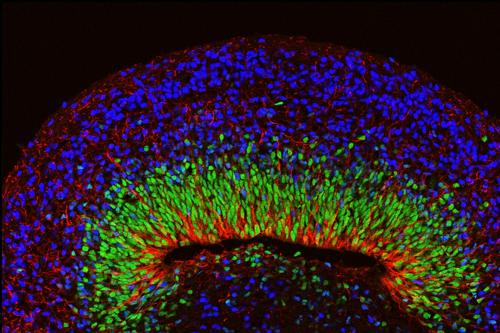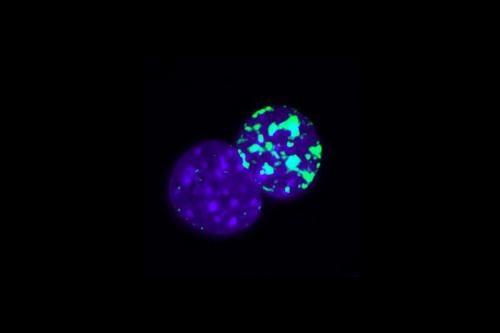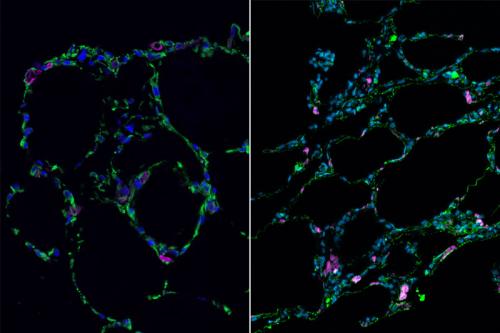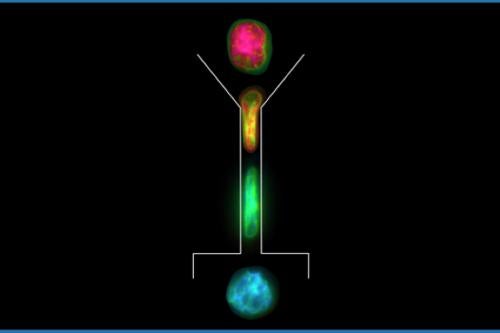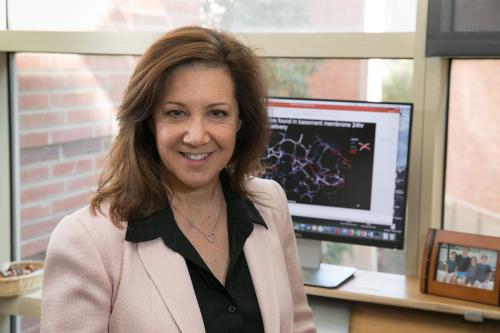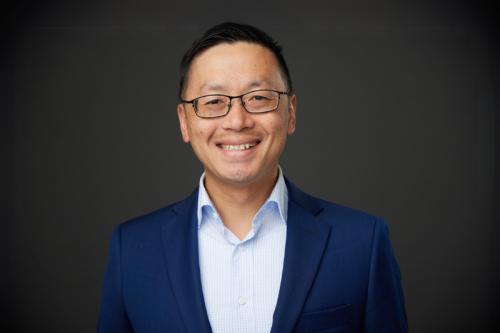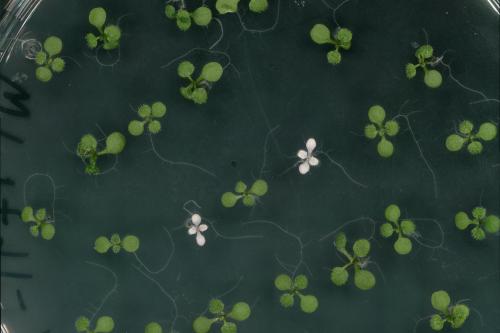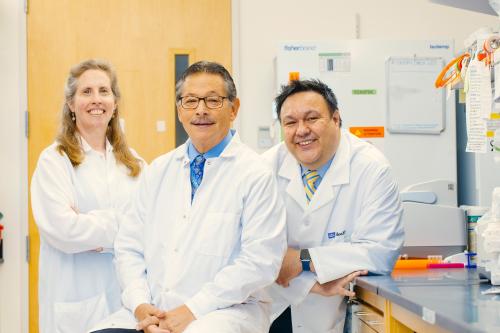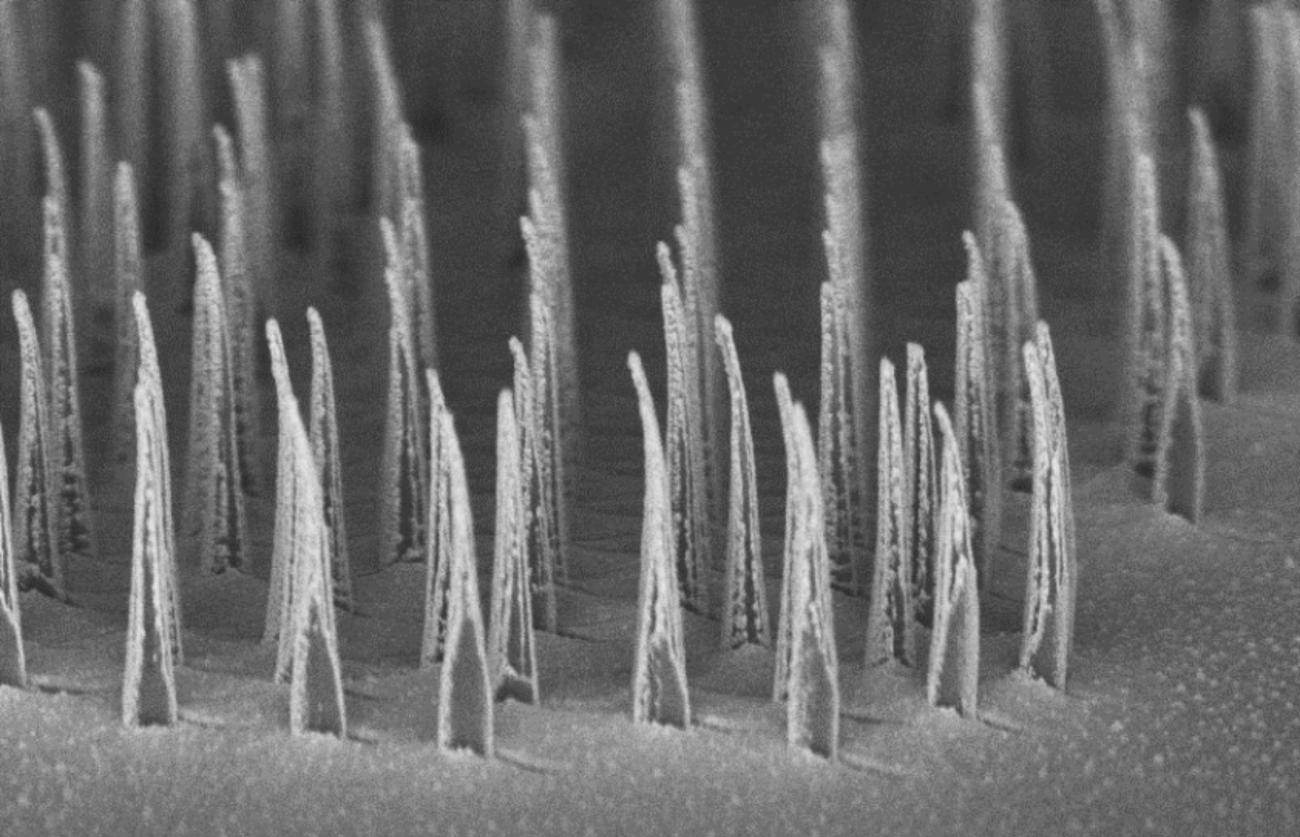
Bioengineering & Nanotechnology
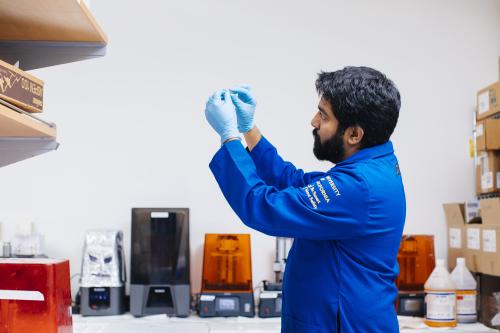
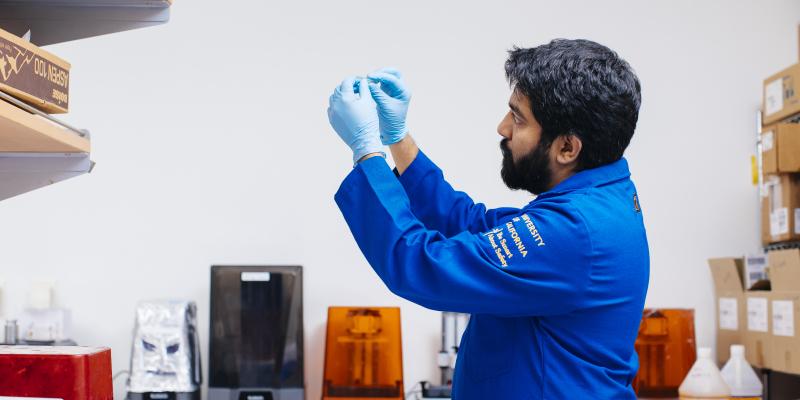
Overview
Bioengineers apply engineering and design principles to develop innovative solutions for biological and medical problems. Our researchers are creating tools and technologies to eliminate bottlenecks and reduce the time it takes for discoveries in stem cell research to reach the clinic as life-saving therapies.This includes everything from creating biodegradable scaffolds that can help stem cells Cells that have the ability to differentiate into multiple types of cells and make an unlimited number of copies of themselves. stem cells Cells that have the ability to differentiate into multiple types of cells and make an unlimited number of copies of themselves. regenerate damaged tissue to engineering materials that can make the immune-boosting effects of vaccines last longer.
Nanotechnology is the field of science focused on creating and manipulating structures and materials at the nanometer scale (one billionth of a meter). The application of nanotechnology in medicine recreates the natural scale of biological phenomena, enabling more precise and less invasive approaches for preventing, diagnosing and treating disease. Together with scientists from the California NanoSystems Institute at UCLA, our researchers are creating nanomaterials that enable targeted drug and gene delivery, more efficient production of cells for use as therapies and better models of human disease. Because nanotechnology-based methods enhance efficiency, require less material and use up less space, they can offer low cost, high-accuracy solutions for the study, diagnosis and treatment of disease.
By leveraging the combined strengths of nanotechnology and bioengineering, our researchers are accelerating the development of more effective and affordable stem cell-based therapies for a host of intractable medical conditions.
Our Goals
- Improve the efficiency and efficacy – and therefore affordability – of cell and and gene therapies by engineering nanotechnology-based solutions for packaging and delivering gene editing A type of gene therapy that works by delivering genetic material that can directly edit pieces of DNA within a cell. This changes the instructions the DNA encodes for, which ultimately results in an increase or decrease in the production of a certain protein and the restoration of proper cell function. gene editing A type of gene therapy that works by delivering genetic material that can directly edit pieces of DNA within a cell. This changes the instructions the DNA encodes for, which ultimately results in an increase or decrease in the production of a certain protein and the restoration of proper cell function. reagents to patient cells
- Devise bioengineering-based methods to direct stem cell differentiation The process by which stem cells transform into specific, specialized cell types with distinct functions and features. differentiation The process by which stem cells transform into specific, specialized cell types with distinct functions and features. and growth, enabling the creation of better stem cell-derived human organoid 3D tissue grown from stem cells to replicate aspects of the structure and function of an organ. By modeling how multiple types of cells interact in biologically-relevant structures, these models help researchers understand how human organs develop, age and respond to disease in more detail than 2D cultures. organoid 3D tissue grown from stem cells to replicate aspects of the structure and function of an organ. By modeling how multiple types of cells interact in biologically-relevant structures, these models help researchers understand how human organs develop, age and respond to disease in more detail than 2D cultures. models to study development and disease
- Advance a hydrogel microsphere technology that can be used in stem cell therapies to drive tissue regeneration and accelerate wound healing
- Engineer smarter and stronger CAR- T cells White blood cells that naturally fight against disease-causing invaders using specialized molecules, called receptors, on their cell surface. The receptors help T cells seek out and destroy virus-infected cells or cancer cells. T cells White blood cells that naturally fight against disease-causing invaders using specialized molecules, called receptors, on their cell surface. The receptors help T cells seek out and destroy virus-infected cells or cancer cells. to improve the safety and efficacy of immunotherapy A type of treatment that uses the body's own immune system to fight cancer, infections and other diseases. This approach has revolutionized cancer care and is also being applied in experimental treatments for HIV, lupus and other conditions. immunotherapy A type of treatment that uses the body's own immune system to fight cancer, infections and other diseases. This approach has revolutionized cancer care and is also being applied in experimental treatments for HIV, lupus and other conditions. treatments for patients with lymphoma, multiple myeloma and glioblastoma
- Develop biological solutions to food and energy sustainability using high-throughput tools that improve yields of next-generation biofuels
- Engineer vaccines that provide a longer-lasting immune response through the use of 3D porous injectable biomaterials
- Create ultraprecise automation tools that can rapidly select cells with unique properties and therapeutically beneficial traits to accelerate the development of new methods for early disease detection and treatment
- Developing surgical devices, such as bioadhesives, to reduce the impact of technical differences and surgical experience on complex reconstructive surgeries
Research Highlights
Studying disease in brain organoids
Our scientists have developed 3D brain organoids using stem cells derived from patients with Rett syndrome to examine patterns of seizure-like electrical activity, investigate underlying causes and test potential therapies.
Mechanisms of cell reprogramming
UCLA researchers discover and detail a key step in cell reprogramming, a powerful emerging technology that could play an important role in personalized medicine and the discovery of new drugs.
Repairing brain tissue after stroke in mice
UCLA researchers develop a stroke-healing gel that helps regrow neurons and blood vessels in mice whose brains had been damaged by strokes.
Growing mini 3D lungs-in-a-dish
Our researchers create stem cell-derived 3D lung organoids that can be used to study and identify treatments for complex diseases such as idiopathic pulmonary fibrosis.
Advancing cell reprogramming
Center members find that brief mechanical squeezing of cells aids in reprogramming, potentially enhancing cell engineering and treatment for diseases such as cancer, Parkinson’s and muscular dystrophy.
